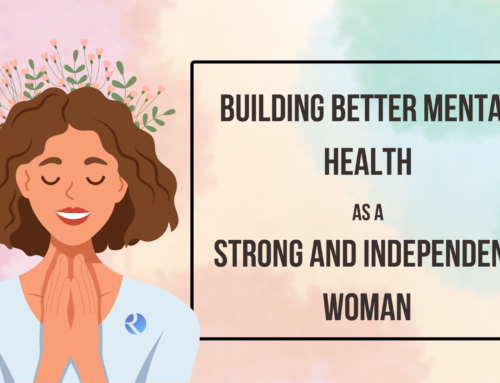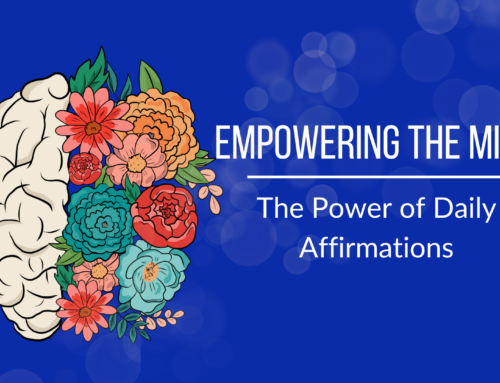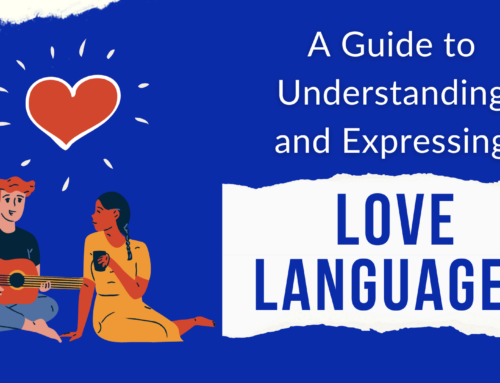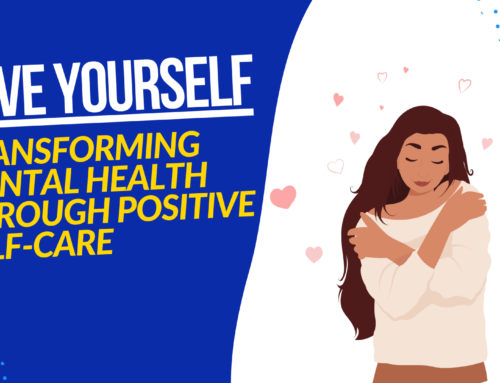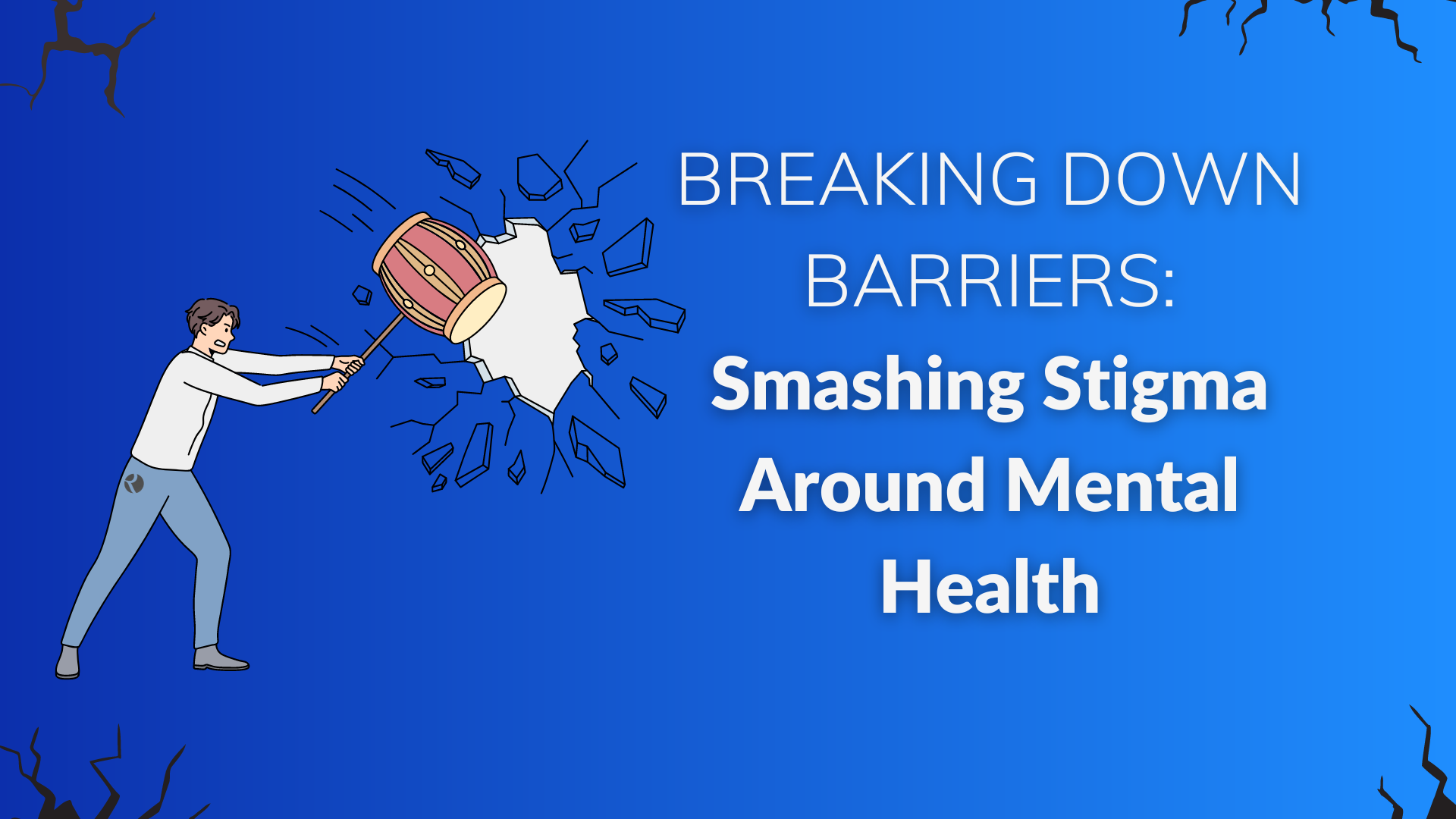
Imagine carrying a weight so heavy, it feels like the universe is closing in on you. Now imagine being told it’s all your fault. Welcome to the reality of many people struggling with mental health illness.
Mental health struggles are a heavy burden to bear. It’s crippling, dark, and overwhelming. But there’s something that goes beyond the crippling dark feeling of dealing with a mental illness — it’s experiencing judgment and rejection from those people around you. It’s what you called stigma, and it happens every day to people dealing with mental health issues.
Mental illness is often misunderstood, and the innocent people living with it are too often faced with blame, judgment, and discrimination. All too frequently, they’ve been subject to cruel name-calling or told that they are not trying hard enough to help themselves. The cruelest joke? Mental illness is anything but a choice. For each emotional whim, they casually tell the person to get over it, which only makes them feel like their condition is their fault.
This toxic cycle has created a culture of fear and shame that prevents those who need help from seeking the treatment they need. It can also lead to discrimination in the workplace, in school, or even in social situations. It’s a heartbreaking reminder of how pervasive the stigma surrounding mental illness remains, yet at the same time serves as motivation for those of us who strive to break the discrimination these individuals face every single day.
We all have our part to play in eradicating this discrimination, but what tangible steps can we take? And are we doing enough? Let us explore further into this important topic as an effort towards breaking down these barriers for good.
Understanding Mental Health Stigma: Types and Effects
The common dictionary typically defines stigma as a strong feeling of disapproval that the society at large has toward something. Although that definition alone sounds cruel enough, it only pertains to one of its types. Yes, you read it right, types. It’s not common knowledge but stigmas are categorized into different types — public, self-stigma, and structural stigmas.
The definition above pertains to the public stigma and it is typically the most visible one. It’s when people think that someone who has a mental illness is weak, crazy, or dangerous. This view creates a barrier for those trying to find help and makes it harder for them to get out there and live a normal life.
Self-stigma, on the other hand, is when a person internalizes the negative beliefs of society and believes that they are in some way less worthy than others because of their condition. This type of stigma makes it hard to reach out for help and can lead to a feeling of isolation. In short, self-stigma can compound the already negative effects of public stigma that can lead to further marginalization and reduced well-being.
Lastly, structural stigma is when an organization or system has policies and practices that create negative stereotypes of those with mental illness. This can lead to policies that limit access to housing, employment, healthcare, education, and other important aspects of life. As a result, those who are living with mental illness can find it more difficult to access the services they need and that could be beneficial in their recovery.
If you or your loved ones suffer from mental health issues, identifying the specific type of stigma they face is a good starting point to address that stigma. Understanding their fears and struggles can help us better understand how to best support them. It can also help us create an open and safe environment where they can be their true selves without worrying about judgment or discrimination.

The Roles We Have to Play
Working towards a world where mental health is no longer met with judgment and stigma may seem like a lifetime job, but with the suggestions listed below, we can hopefully make substantial strides toward this goal.
As someone who suffers from mental health challenges:
- Try to gain a fresh perspective. Overcoming the fear of being mislabeled is easier said than done, but it is possible when we start to adjust our own perspectives and reshape our own thoughts and words. Rather than saying “I’m bipolar”, try saying “I have bipolar disorder”. This will help separate you from the illness and show that this is not all that defines you. If diagnosed, it’s simply part of who you are, along with all your other wonderful parts.
- Know your legal rights. Mental health issues are legally protected under the Americans with Disabilities Act (ADA). This means that employers, landlords, schools, and other institutions cannot discriminate against you based on your condition. Knowing your legal rights can help you defend yourself when facing any type of stigma.
- Seek a support system. Search for a mental health support group in any setting you are comfortable with—online or in person. Connecting with others, particularly those who are on the same page as you, will help in dealing with feelings of isolation.
As someone who knows a person struggling with mental health issues:
- Stay informed and make mental health a regular part of the conversation. Now that technology offers endless information, it is now our responsibility to become knowledgeable about mental health matters and take advantage of the resources available. Once you’ve done this, make it a point to talk about it and start meaningful conversations. Every little bit helps – whether it be bringing up a therapy option in conversation, practicing deep breathing techniques, or even just lending a listening ear – these are all small steps we can take to show our support.
- Remember the weight of your words. Choosing language that is compassionate, understanding, and free from judgment promotes an appreciation of these conditions in our society. Instead of saying “He’s crazy,” how about focusing on what he is going through: “He’s facing some tough mental health challenges.” Labeling someone as ‘mentally ill’ doesn’t do justice as well- why not say they are living with a mental health condition? When we speak respectfully and without stigma, we can help create a world where mental health is treated with the same dignity and care as physical health.
- Encourage treatments. The most important thing that you can do for someone struggling with mental health issues is to encourage them to get professional help. Normalize treatment and let them know that seeking help for mental health issues is a common and necessary step toward recovery. When they receive support and affirmation from someone they trust, they are more likely to reach out to a therapist or psychiatrist for support.
Finally, as someone who would like to advocate for this cause, you can go the extra mile and do more beyond the tips previously mentioned. Cultivate a safe space for open conversations about mental health. You could start doing so by writing blogs, signing petitions, creating programs, and sharing stories. There are multiple ways to make those suffering from mental health problems feel seen and heard.
The Progress We Made
If we look back on how we viewed mental health over the past years, we can take comfort in knowing that despite the long road to full acceptance, we’ve undoubtedly come so far. Mental health awareness advocacy is becoming more visible in our society today and many people are becoming more comfortable talking about their struggles.
This has been proven when the Journal of the American Medical Association found a significant decrease in public stigma towards depression in one of their studies. This decrease has also made people more comfortable discussing their mental health and giving it a priority. According to a 2022 Ipsos survey, three out of four people globally consider mental and physical health equally important, with mental health ranking second among global health concerns (a 5% increase from 2021).
One of the key aspects of this progress is the increased education and awareness campaigns happening all around the world. Many organizations, such as the National Alliance on Mental Illness (NAMI), have been working to educate the public about mental health issues and to dispel common misconceptions and stereotypes. They also provide support and resources for people with mental health issues and their loved ones.
Social media has also played a significant role in decreasing mental health stigma. Platforms such as TikTok and Instagram have been powerful tools for individuals to share their personal stories and experiences with mental health issues. The hashtag #mentalhealthawareness has generated over 16 billion views on TikTok, and many social media influencers and famous personalities, such as Demi Lovato, and Lady Gaga, are using their platforms to raise awareness about mental health, share their own struggles, and encourage others to seek help.
And lastly, we all know how COVID-19 has been hard on us all. But one potential silver lining this pandemic might have brought is a new level of awareness of the importance of mental health and the impact that social isolation and stress can have on our well-being. It’s like a wake-up call that has opened up the conversation around mental health and made it easier for people to understand and be open about their emotions.
Breaking Down the Remaining Barriers
With all the progress mentioned above, there sure is a hope that we will eventually achieve the mental health acceptance that we need. However, it is also important to recognize that we still have a long way left to go. There are barriers that continue to limit conversations around mental health and prevent individuals from seeking the help they need. Let’s assess these issues and generate ideas on how to address them.
Cultural Barriers
There are still certain cultures that have their own distinct beliefs and attitudes about mental health issues. These may influence how individuals perceive and get help for these conditions. Asian American households, for one, are known to uphold emotional restraint. A study shows that they less frequently use mental health services despite having the same rate of mental illness as other ethnic groups. Despite the long-term absence of support, they dismiss the idea of a breaking point and instead promote a culture of resilience.
Breaking down these cultural barriers requires a deep understanding of the cultural context and working with community leaders, advocates, and mental health professionals to create culturally sensitive and appropriate resources and support.
Lack of Education
Despite the continued efforts on mental health awareness, the lack of education, particularly in rural areas, is still a major barrier to mental health acceptance. Mental health is often seen as taboo within these communities, with limited access to quality information and support services. The lack of education contributes to the spread of myths and false information about mental health that further perpetuates the stigma. This can also lead to people not being able to identify the warning signs of mental illness or know how to seek help.
Unfortunately, mental health education is often lacking in our school systems. This can be addressed by making mental health education a part of the curriculum, training teachers and faculty members on mental health issues, and creating campaigns to spread correct information in local communities. With this initiative, students can gain the necessary knowledge and skills to nurture their mental well-being, recognize signs of mental illness in their peers, and learn how to seek help.
Media Representation
Negative stereotypes and misinformation about mental health can still be perpetuated in the media. The movie, Joker, for one, has generated some controversy over glamorizing mental illness and violence. Some have even expressed concern that the movie could inspire copycat violence, as the Joker’s character was portrayed as someone who was driven to commit mass murder as a result of his untreated mental illness. On the other hand, some have defended the film, arguing that it is a powerful and thought-provoking exploration of mental illness and societal neglect and that it highlights the need for better mental health care and support.
While this movie is a work of fiction, it serves as a reminder of the power of media in shaping public opinion and attitudes about mental health. It is important for the media to be more conscious of how they portray mental health issues and ensure that their portrayal is accurate, sensitive, and realistic.
It All Starts With You
We must not let mental health slip back into the shadows. Remember, breaking the stigma starts with one of us doing our part. And when we embrace all our power, it is possible to create a more understanding and supportive society and work together toward breaking the mental health stigma, one step at a time. After all, the only thing that should weigh heavier than the burden carried by those with mental health issues is the love, understanding, and support they deserve.


